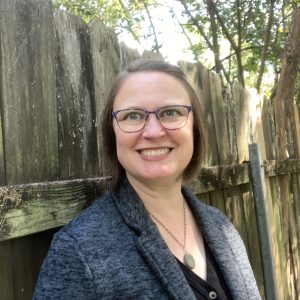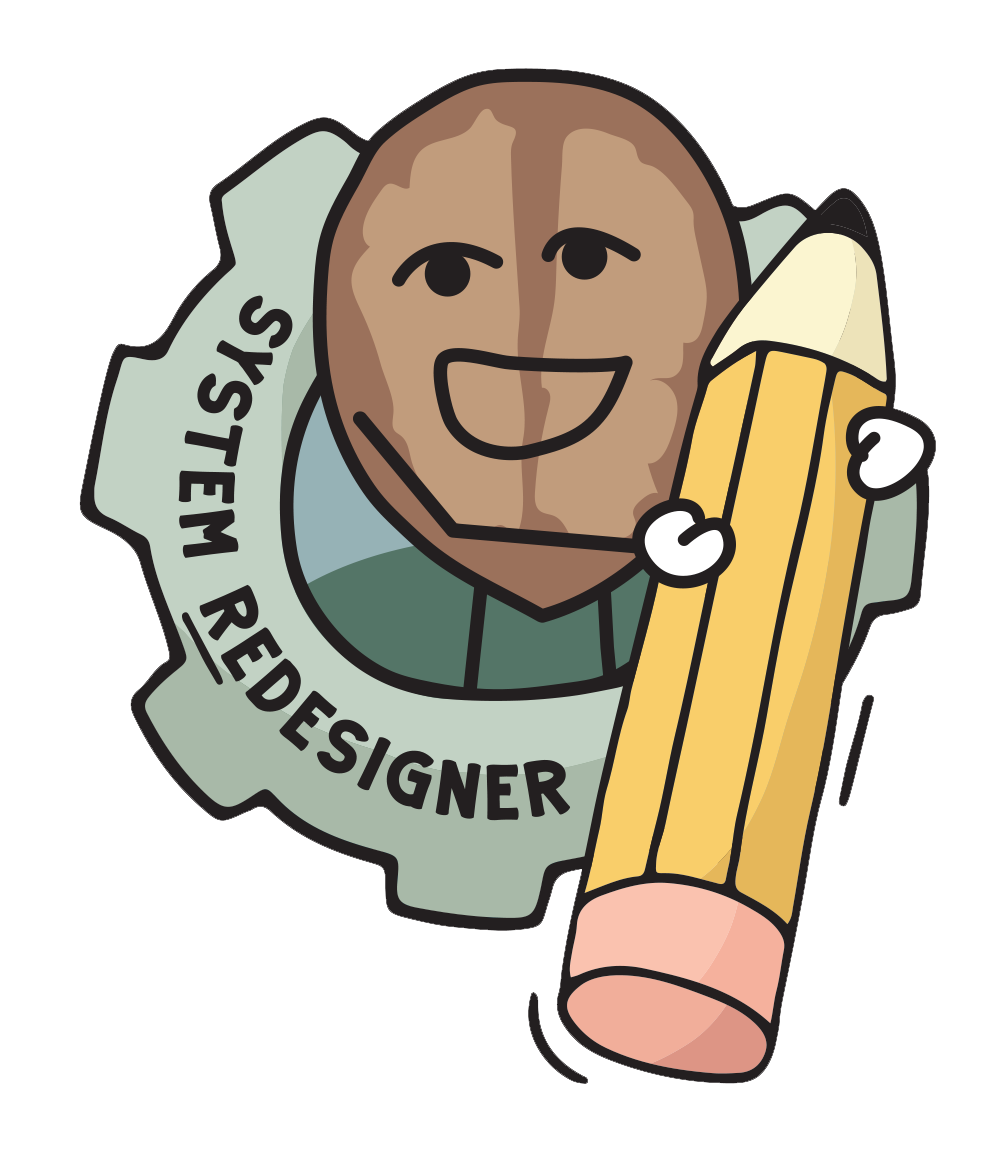About the Author

Danielle Williamson Richard
My entire life has been a study of people and the things they design and the way they behave. Although my background is more visual arts than the written word, I have been a book nerd from the start and am always interested in how we use words to communicate. For this project, I feel like a book is really the only format I could choose in order to convey something that is incredibly complex and nuanced. Since I personally learn better from visuals, I also plan to infuse the written word with simple, compelling graphics and illustrations to more thoroughly explain my thought process.
The formal training in graphic design I received at Louisiana Tech University gave me a solid foundation on the creative process and the tools to communicate with clients about my work. My personal learning journey over my lifetime has given me plenty of practice analyzing and simplifying a wide range of subject matter from behavioral economics to neuroscience to anthropology and storytelling. This book synthesizes much of that knowledge into what I think we should all be talking about. There’s no one book or work or author that I can point to and say “that’s how we should be doing things.” This is my attempt to fully explain what I mean when I say that I want humanity to double check the things we create in order to make sure they’re a net positive and not accidentally harmful to us and the planet.
My life-long career in the design world and as a small business owner has taught me even more about how people actually respond and react to information in real life. What actually works to change people’s minds? What’s the best way to communicate complex ideas? How does what we create in turn shape us?
On the personal side, my role as the parent of two twice-exceptional/non-neurotypical children has given me more insight than I ever cared to have into why our educational and mental health systems are set up the way they are. Those two systems in particular have incentives and objectives that run counter to being beneficial for my own two kids – as well as a full 20% of the student population who have learning difficulties. Not all of those kids have parents who are able to advocate on behalf of those needs, however, I personally am extremely comfortable and practiced in asking for the manager when I see a system that isn’t working. After an exhausting slog of going up the chain of command and being disappointed in the lack of change from pointing out weak spots or areas of improvement, I’m convinced the systems we’ve locked ourselves into aren’t serving us. It’s extremely hard to change a huge, complicated system that millions of people are involved in. And often the real solutions wind up being super counterintuitive. So I set about to learn what would serve us. This book is the result of that endeavor.
About the Book

The manuscript at the rough draft stage.
The intent with writing the System Redesign Handbook is to empower any person suffering under dumb systems to take action to improve upon those systems. Secretly, I’d especially love for decision makers (managers, entrepreneurs, product designers, government employees or elected officials) to learn how to make better decisions about systems and how to implement them. But truthfully, it is written from the perspective of a regular, everyday parent, and I’ve found that this concept can connect with anyone who has observed that existing systems are not working for them. If you’ve ever been frustrated by the systems that govern our lives, this book is for you.
Although I do have two differently wired children, this is not a typical disability book where a parent learns to think of their disabled child as a gift rather than a burden. I have always believed that my children are gifts and that the world is doing themselves a disservice by ignoring their talents. This book is written with my own struggles, as well as the struggles of other humans in mind. These ideas about improving upon our systems can unlock the potential in all living humans, while reducing suffering for those experiencing the worst of it: disability families, incarcerated people and their families, as well as marginalized and underserved people suffering from poverty all over the planet. I feel like there’s no end to the niche groups of people who would jump at the opportunity to work together to improve the crappy systems they’re suffering from.
If I could wave a magic wand, then I’d absolutely share this knowledge and tools with every person on the planet. But if only a small percentage of people are able to put these ideas into practice, it would still be a huge benefit to a lot of people.
About the Author's Day Job
Detail-oriented and a master of organization, Danielle works personally with each client to structure and create projects that work for the organization they represent.
Danielle Richard discovered the vision for her career with the help of a high school art teacher, who encouraged Danielle to channel her passion for creativity and order into graphic design. After graduating from Winnsboro High School, Danielle received an academic scholarship to Louisiana Tech University, where she entered one of the premier design programs in the state and was voted “Most Outstanding Student of Graphic Design” by her professors. While earning her degree, Danielle also pursued every available opportunity to further her practical knowledge of the world of design and communication. Through various jobs in the print industry, she acquired invaluable real-world experience and a pragmatic perspective, which allow her to provide clients with a wealth of insight and skill.

Danielle and family in the summer of 2022.
Working to keep the business operating smoothly is husband James Richard, who brings 15 years of experience in corporate human resources management. The Richard Creative team also employs the help of a handful of talented freelance designers and writers to collaborate on successful projects. The husband and wife duo works from their home office, and enjoy spending time with their two kids, Hank and Maggie, who are 15 and 13 years old.
